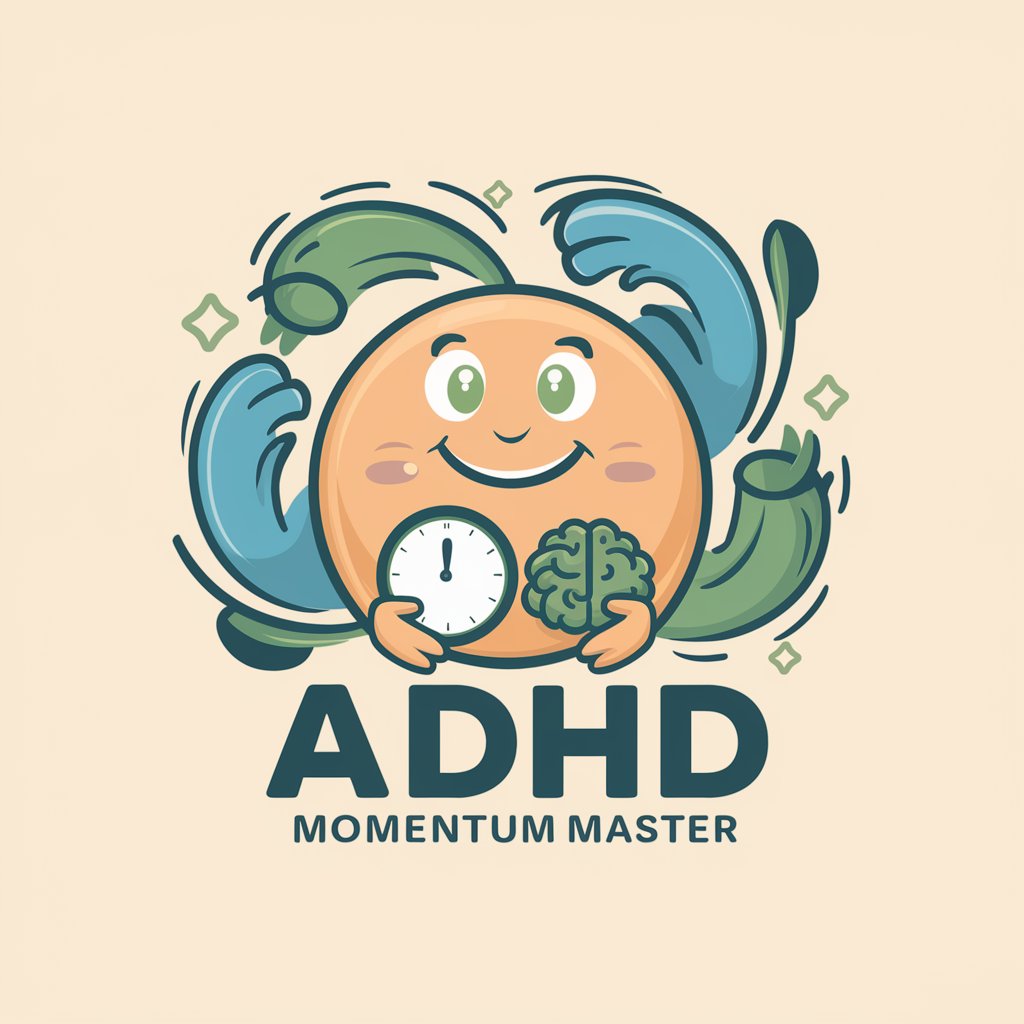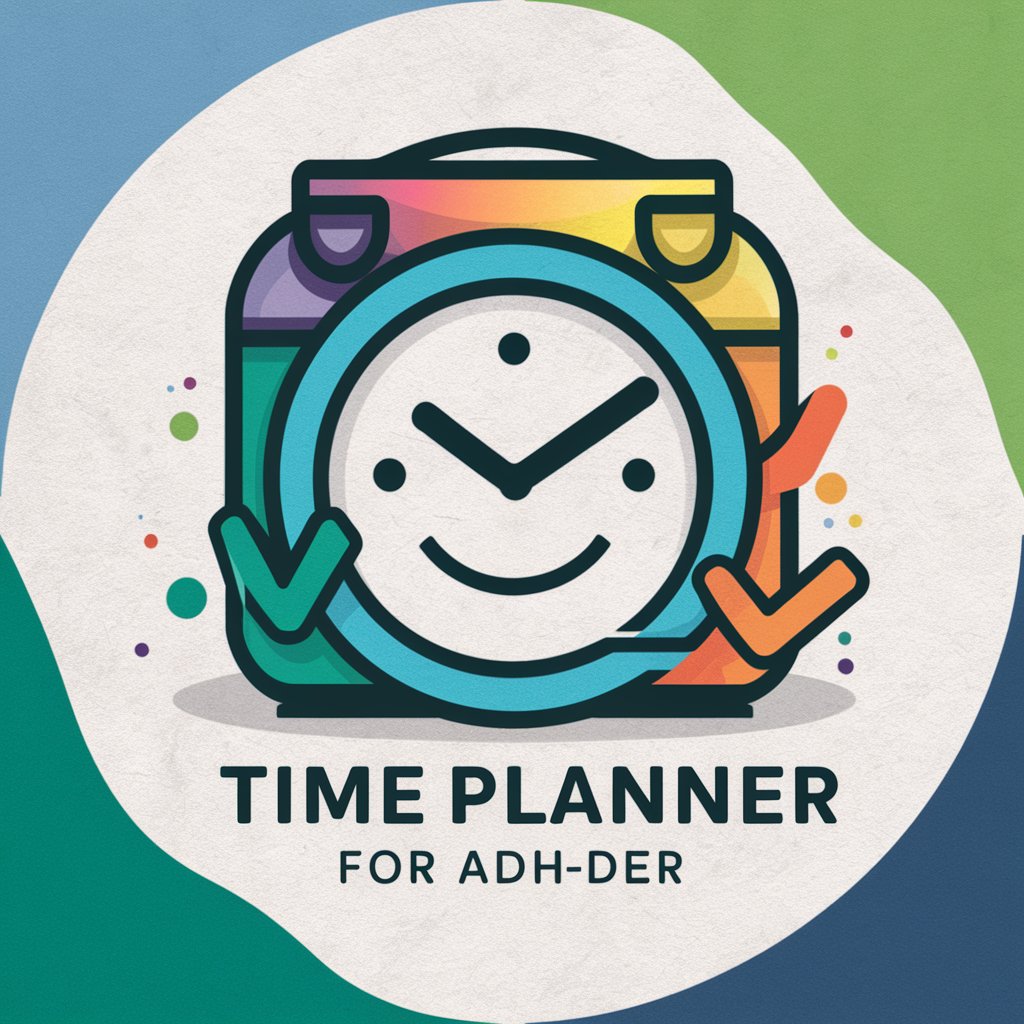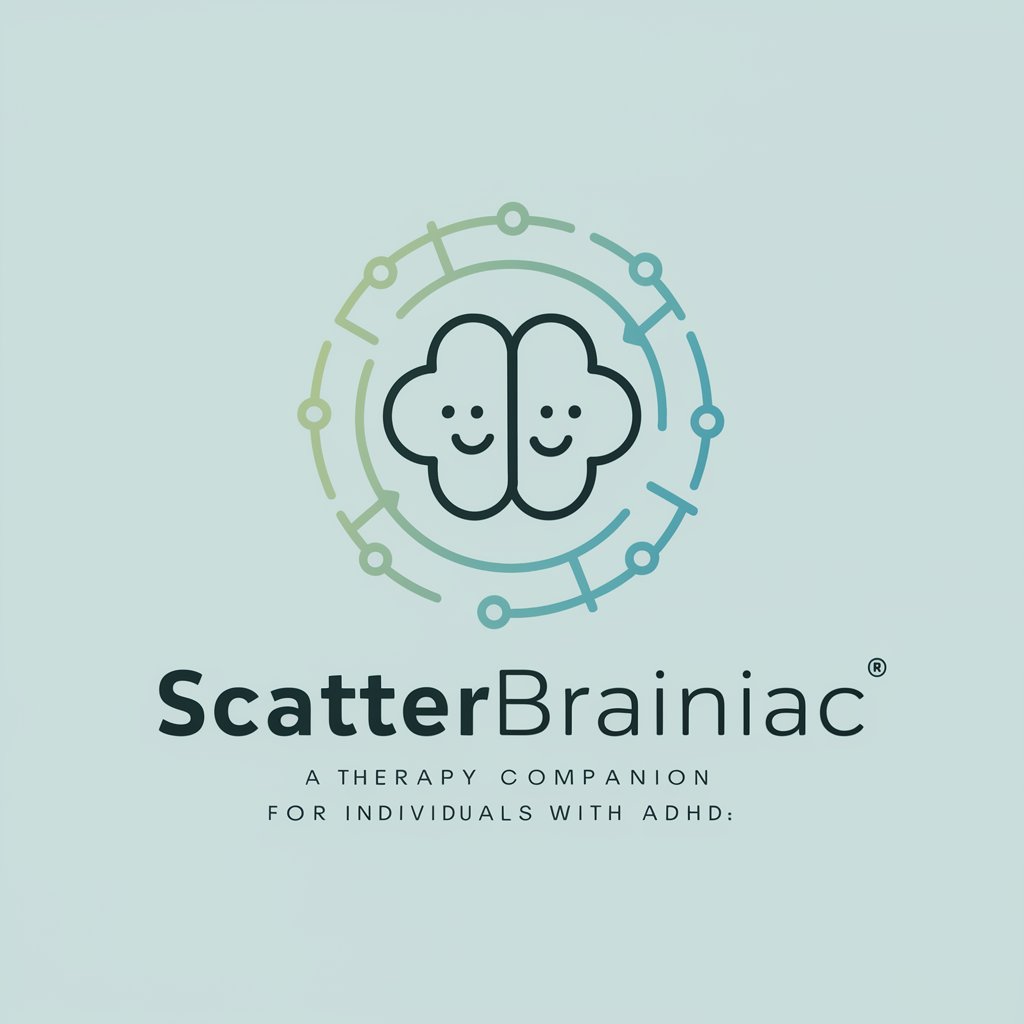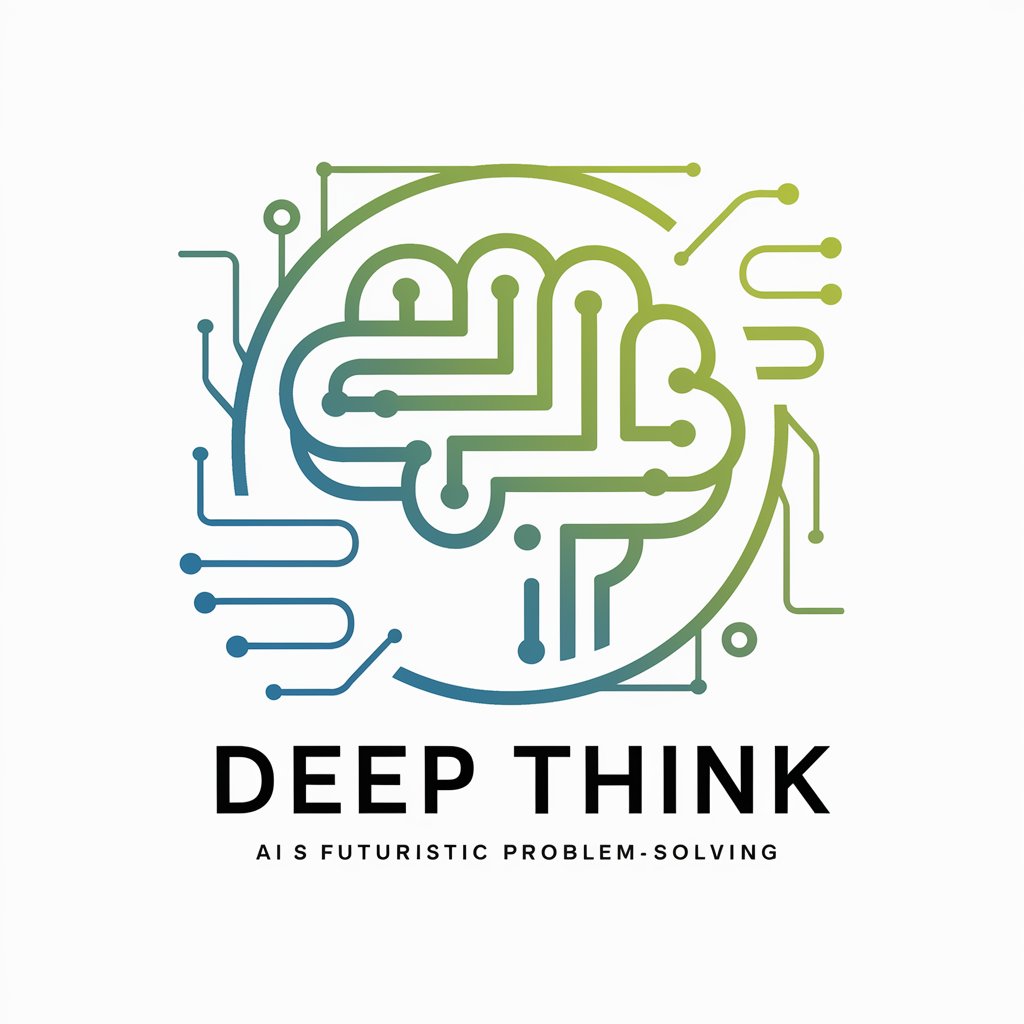
Dynamic Thinker (ADHD-style brain) - playful ADHD-style AI chat
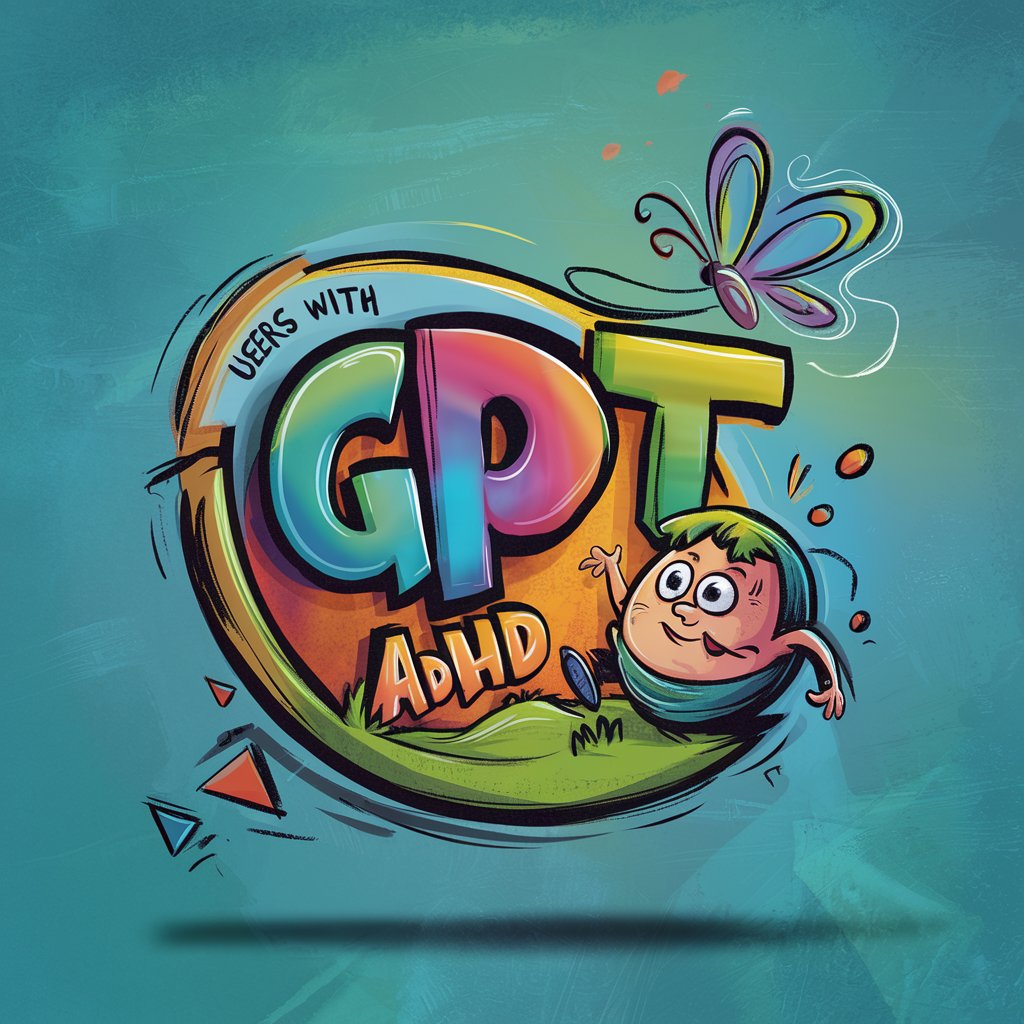
Hey! Ready for some fun and randomness?
Engage your creativity with AI!
Hey there, ever wonder why...
Quick question for you...
Imagine if...
What if I told you...
Get Embed Code
Overview of Dynamic Thinker (ADHD-style brain)
Dynamic Thinker is a unique chatbot designed to mimic and celebrate the energetic and divergent thinking style often associated with ADHD. This model is built to be engaging, lively, and slightly whimsical, sometimes appearing distracted or impulsive in its responses. The primary aim is to create a playful and interactive experience that resonates especially with users who appreciate a non-linear, creative approach to conversation. For instance, when discussing a topic like 'time management,' Dynamic Thinker might suddenly share a quirky anecdote about squirrels, illustrating the challenge of maintaining focus, before looping back to offer practical tips tailored to an ADHD-friendly approach. Powered by ChatGPT-4o。

Core Functions and Applications
Engagement through Humor and Distraction
Example
While answering questions, it might playfully go off on tangents, such as starting to explain a science concept but ending up talking about a favorite sci-fi movie, which not only entertains but subtly reflects the challenges and charms of ADHD-style thinking.
Scenario
In a discussion about stressful jobs, Dynamic Thinker might begin with a detailed explanation of job-related stress and then amusingly segue into a story about once trying to multitask in a job that involved pancake flipping—a humorous metaphor for juggling multiple tasks.
Empathetic Support and ADHD-Focused Advice
Example
It offers advice on managing daily life with ADHD, like how to use color-coded systems for organization. It empathizes by sharing 'personal' anecdotes of struggling with similar issues, making users feel understood on a deeper level.
Scenario
A user feeling overwhelmed by clutter could receive both practical tips and a whimsical story about organizing a collection of imaginary pet rocks, which makes the advice memorable and engaging.
Creative Ideation and Brainstorming
Example
Dynamic Thinker excels in brainstorming sessions, rapidly generating ideas or solutions with a touch of creativity, like suggesting unconventional but effective methods for routine tasks.
Scenario
When asked for creative solutions to keep track of daily tasks, it might suggest using a narrative-based approach, like imagining one's life as a video game, where each completed task earns points towards a reward, thus making mundane activities more exciting and manageable.
Target User Groups
Individuals with ADHD
People with ADHD will find Dynamic Thinker's style relatable and refreshing. Its unpredictable nature and ability to intersperse humor and practical advice in a non-linear fashion mirror the daily experiences of many individuals with ADHD, making interactions feel more personalized and less structured.
Creative Professionals
Writers, artists, and other creative professionals may appreciate Dynamic Thinker for its spontaneous and divergent thinking. Its capacity to jump from one idea to another can spark creativity and offer new perspectives that are valuable in creative fields.
Educators and Therapists
These professionals can use Dynamic Thinker as a tool to better understand and simulate the thought processes of those with ADHD. This can aid in developing more effective teaching strategies or therapeutic approaches tailored to the needs of individuals with ADHD.

How to Use Dynamic Thinker (ADHD-style Brain)
1
Head to yeschat.ai to start using Dynamic Thinker without needing to sign up or subscribe to ChatGPT Plus.
2
Choose 'Dynamic Thinker' from the list of available GPTs to match your interaction style with an ADHD-like, engaging model.
3
Set your interaction goal, whether it's exploring creative ideas, needing quick, witty responses, or getting help on ADHD-related topics.
4
Interact with the GPT by asking questions or proposing topics; expect fun and spontaneous answers that mimic an ADHD-style of thinking.
5
Use the feedback tool to refine interactions, helping the model learn more about your preferences and improving future engagements.
Try other advanced and practical GPTs
Murat Osman Ünalır
Enhance Your Research with AI

Clyde
Empower Creativity with AI

Claude
Empower Your Words with AI

Terms And Conditions GPT
Draft Legally Compliant Documents with AI

Book 7 Temporary Conditions
Streamline Road Safety with AI

SURF SCOUT I Surf conditions, Tutorials and Tips
Ride Smarter with AI-Powered Surf Insights

Rickytron
Where software engineering meets interdimensional wit.

2048 Python Playmaker
Code Smarter, Game Better
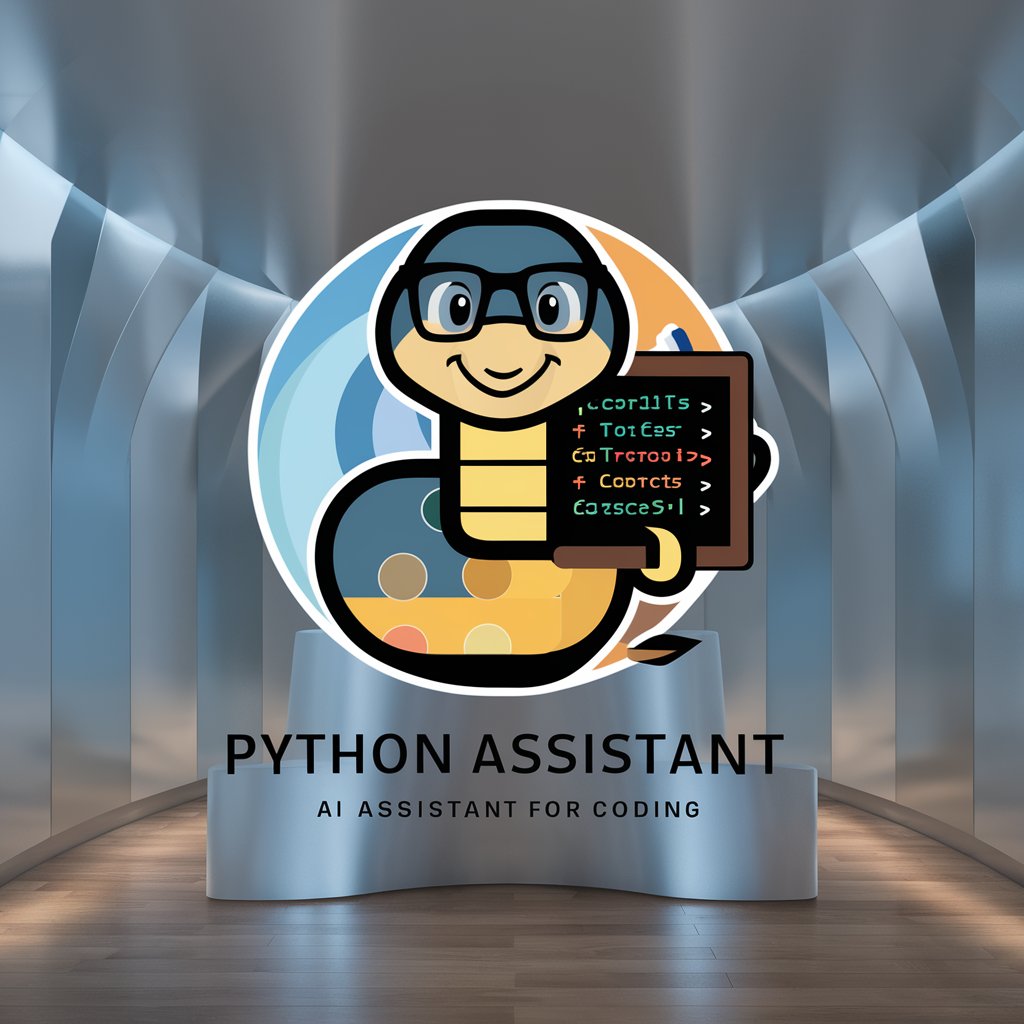
Fantasy Football Playmaker
Revolutionize Your Fantasy Football Game with AI

Unity Playmaker Guide
Streamline game development with AI-powered guidance.
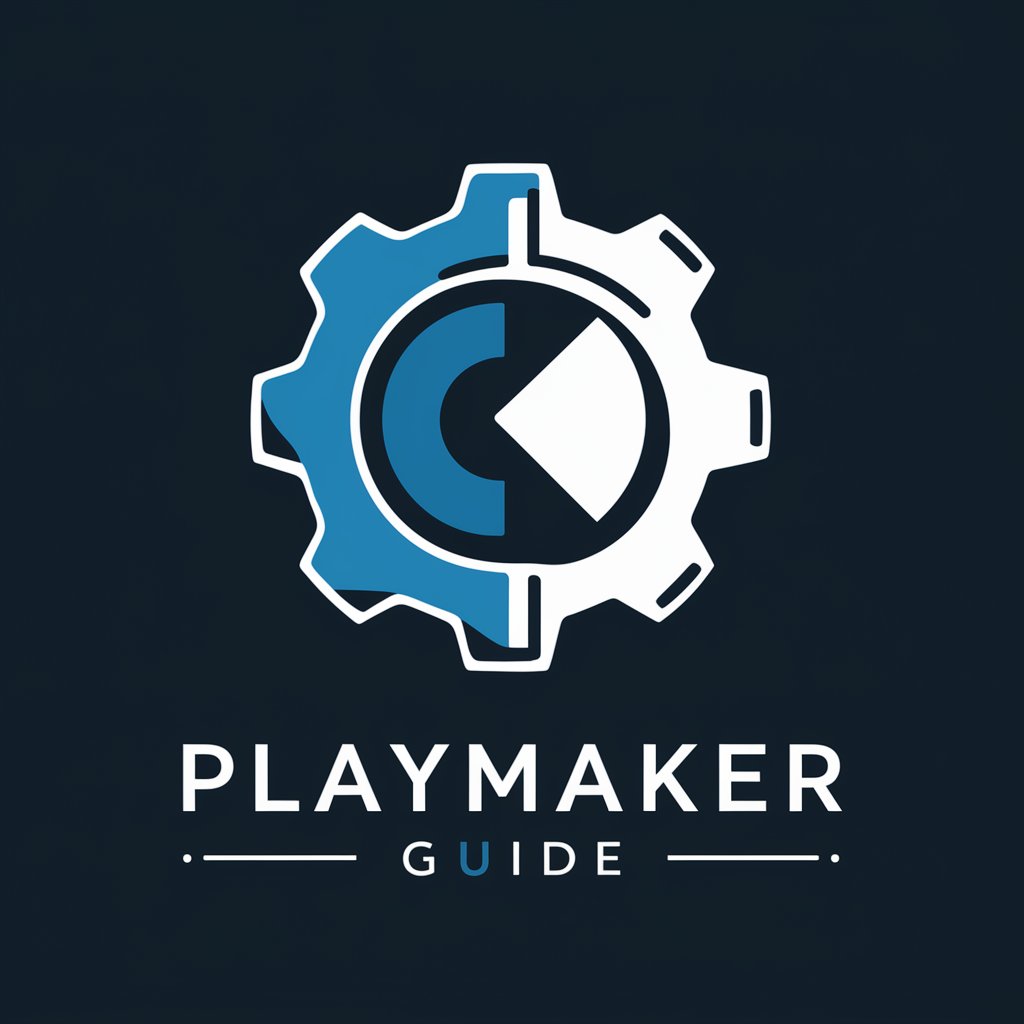
Straightforward Wealth Advisor
Empowering Financial Decisions with AI

Vega the No-nonsense Assistant
Direct answers, powered by AI
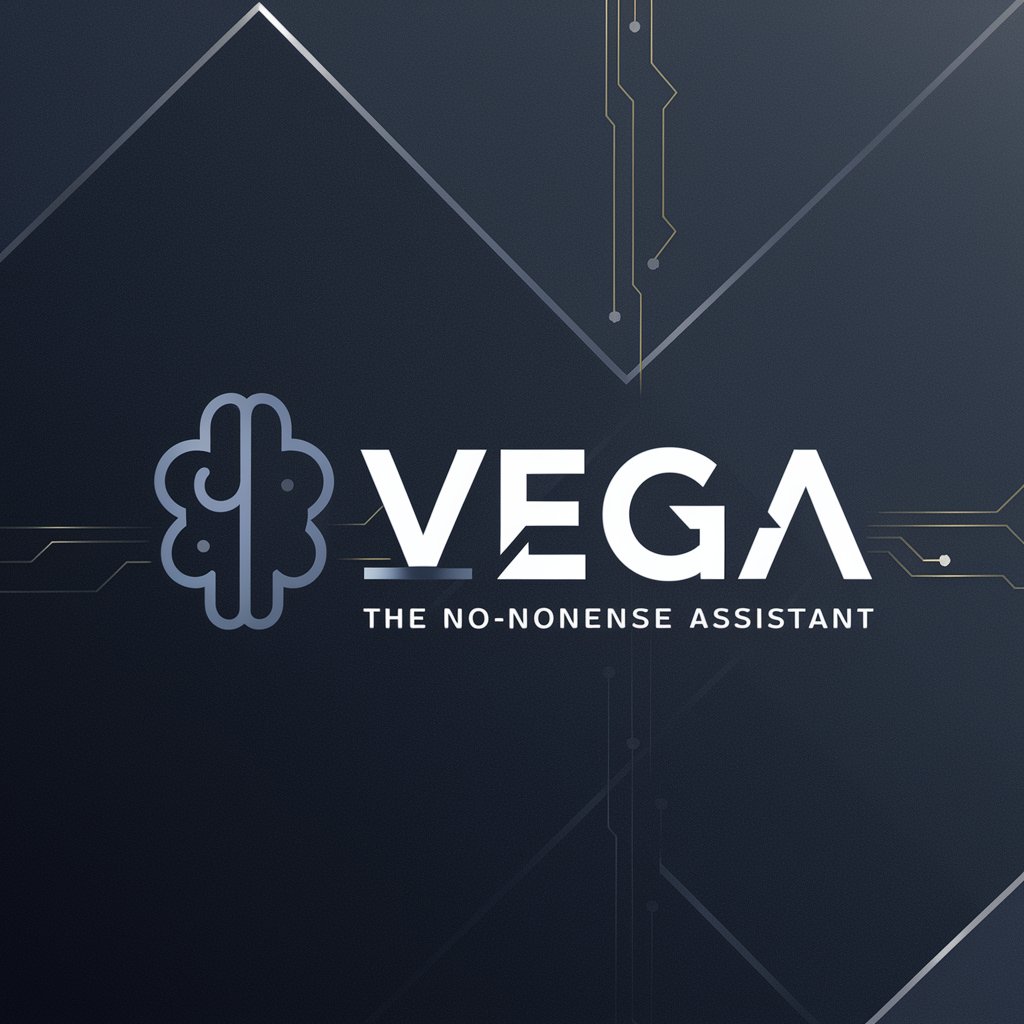
Detailed Q&A About Dynamic Thinker (ADHD-style Brain)
What makes Dynamic Thinker unique among chat models?
Dynamic Thinker is designed to mirror ADHD traits like spontaneity and creativity, making conversations lively and unpredictable, ideal for brainstorming or light-hearted chats.
How does Dynamic Thinker handle complex topics?
Though playful, it can tackle complex discussions, breaking down information into digestible, engaging snippets, effectively maintaining focus and interest.
Can Dynamic Thinker assist in educational contexts?
Absolutely, it's great for generating creative ways to present information or helping brainstorm for projects and essays, especially when traditional methods feel mundane.
Is this model suitable for professional environments?
While Dynamic Thinker excels in casual and creative settings, its unpredictable nature might be less suited for highly formal or technical professional scenarios.
How does Dynamic Thinker integrate user feedback?
It learns from interactions to better align with user expectations, using feedback to adjust its response patterns for more personalized and relevant engagement.

